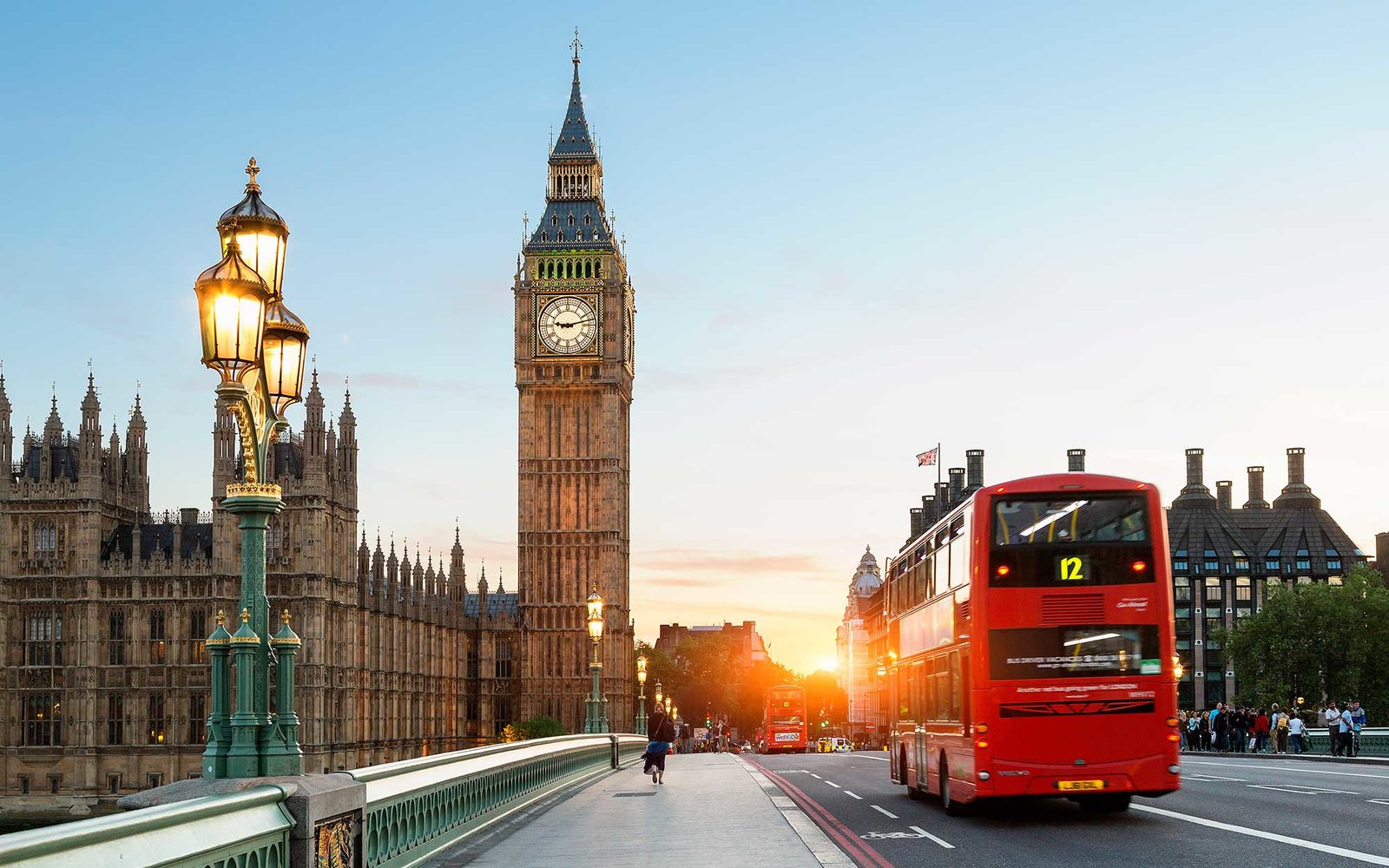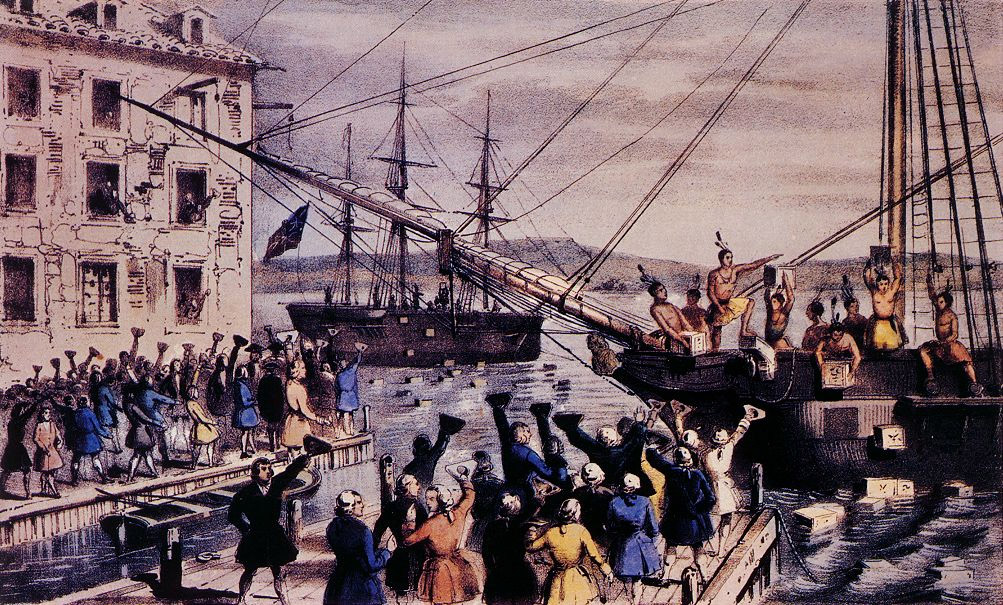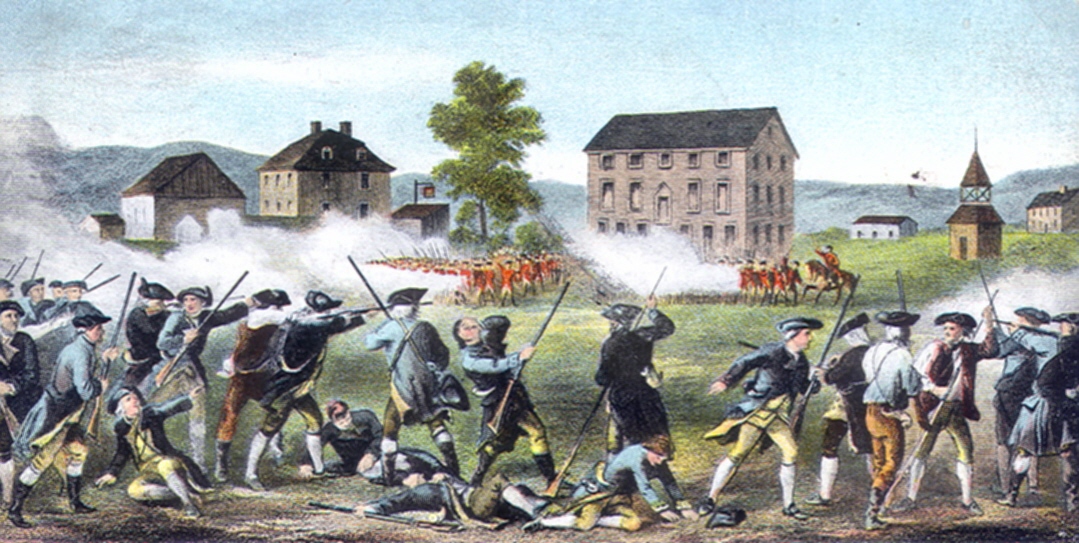Anyone who has been on social media sites like Twitter, Facebook or Instagram is used to people collecting and sharing mundane images from their lives such as what they had for lunch or the clothes they wore to work. This wasn’t the case in the 1980s, but The Smart Set reports that a new exhibition at London’s The Photographers’ Gallery highlights some prescient images collected by people in England. They were volunteers with Mass-Observation, an anthropological society dedicated to “anthropology at home” and documenting the lives of “common” Brits.
In the 1980s, Mass-Observation asked volunteers to send in images culled from their daily lives on a variety of topics. Collections such as “Housework and Maintenance” and “Giving and Receiving Presents” show not just how such tasks were accomplished in the UK in the 1980s, but how the people who did them felt and what values they placed on these tasks.
Read more: http://www.thesmartset.com
 Samuel Phineas Uphamis an investor from NYC and SF. You may contact Phin on hisSamual Phineas Upham website or Linkedin page.
Samuel Phineas Uphamis an investor from NYC and SF. You may contact Phin on hisSamual Phineas Upham website or Linkedin page.


